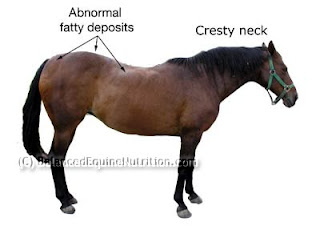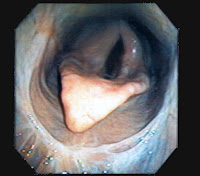It's
foaling time! We're right in the heart of the season. Everyone
loves to see those bouncing colts and fillies clumsily running about as their
mommas patiently graze in the pasture. But doesn't it seem like FOREVER
before that little bundle of joy decides to join the world?
If
you're one of those do-it-yourself types, being prepared for foaling can be a
bit stressful. Here are some helpful hints:
- When in doubt....CALL THE VET! If you're not comfortable with handling minor complications, it's best to haul the mare to a foaling facility before she shows too many signs. Let her settle in before foaling.
- If you're feeling
somewhat confident, here's a few things to have handy:
1)
straw bedding to reduce
dust for the foal
2)
iodine to treat the
navel
3)
vet wrap for the mare's
tail to keep it clean
4)
enemas for the foal to
help him/her pass the meconium (first stool)
5)
Banamine IV for the
mare AFTER she passes the placenta, to help with pain
- Be a wallflower! We all like to jump in and help....but the truth of the matter is, if you just stand back, nature will take its course. Don't pull on the foal as the mare has contractions. Don't break the placenta. Don't cut the umbilical cord. Don't help the foal stand for the first time. All this happens naturally and interference is only best if you see a possible problem.
Cheers to your next
darling foal!












